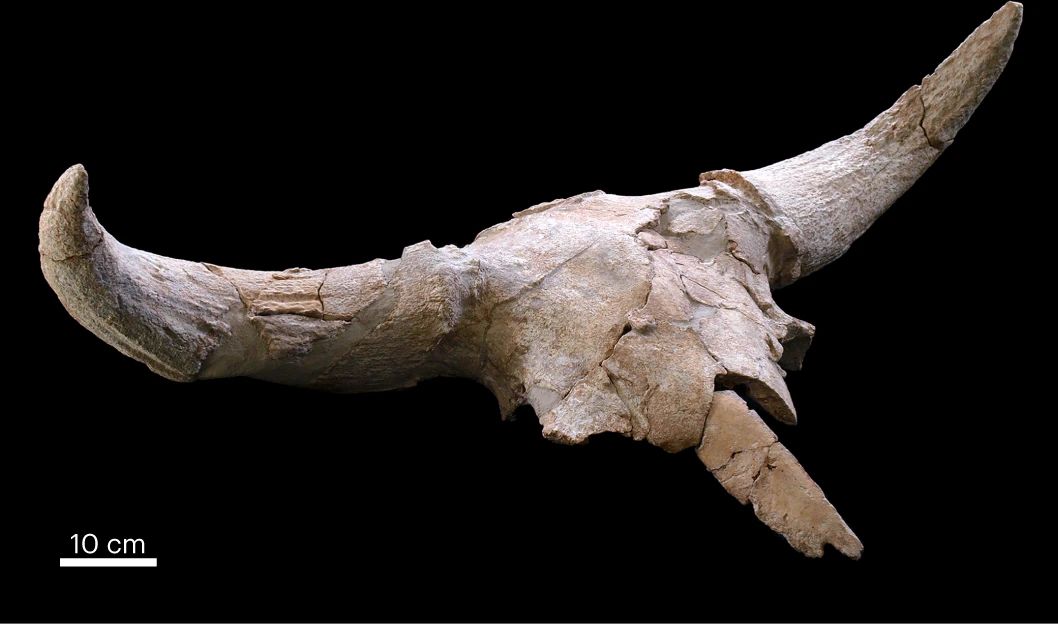
Researchers at the Museum of Archeology and Paleontology in Madrid, Spain, discovered a cave chamber filled with 35 skulls of long-dead people herbivores. The skulls are thought to have been placed there by groups of Neanderthals, close relatives of modern humans.
Read more: Who were the Neanderthals?
The cave known as Cueva Des-Cubierta is located in the north of Madrid, Spain. Researchers originally discovered it in 2009, but this collection of skulls wasn’t found until recently – reigniting the debate over how advanced our genetic relatives were.
Previous discoveries at Cueva Des-Cubierta
Finds related to Neanderthals are common in Cueva Des-Cubierta. Researchers believe that Neanderthals used the cave periodically as a place for rituals and perhaps even as a burial ground. The cave itself is about 80 meters long and varies in width from two to four meters.
The archaeological finds in the cave are located on two main levels, according to a study published in Nature Human Behavior. At level 2, “an immature human mandible and six deciduous teeth were restored,” the researchers wrote in the study. These findings appear to come from a Neanderthal child who was between 3 and 5 years old at the time of death.
In addition to these remains, various tools and other Neanderthal remains have been found at the site since its discovery in 2009.
What the skulls suggest
While most archeological finds associated with Neanderthals are usually associated with activities such as hunting, tool making or the use of fire, these new finds are unique, say researchers in their study.
Level 3 of the Cueva Des-Cubierta covers about 27 square meters (about 300 square feet) and is about two meters deep. In level 3 of the cave, researchers have found over 2,000 different remains over two centimeters of different animals. Some of the bones show signs of “thermal alteration”, possibly traces of a cooking burn.
In addition to these remains, the researchers found over 1,400 Neanderthal tools from Level 3 of the cave. These tools include anvils, stone hammers, cores, flakes and shaped tools.
Most importantly, however, is the discovery of various large skulls in level 3 of the cave. According to an interview with NewsweekEnrique Baquedano, director of the Museum of Archeology and Paleontology in Madrid, claims that over 35 “skulls” have been found in this part of the cave.
The remains all belonged to large herbivores that roamed the Earth at the time, and researchers say they are about 42,000 years old. Additionally, evidence suggests that the skulls were originally processed outside the cave, not inside.
“The identification of anthropogenic markings on the skull and the underrepresentation of the zygomatic bones, maxillae, mandibles and teeth suggest that the heads of these animals were first worked outside the cave,” the researchers wrote in their study.
The skulls were then brought into the cave for a second stage of processing, which probably involved the removal of the brain.
These results are significant because they differ from previous findings related to Neanderthals. According to the researchers, other studies related to hunter-gatherer groups showed that the heads of large animals were usually discarded, suggesting that the placement of skulls in this case was deliberate and not related to survival.
These findings lead researchers to believe that Neanderthals used these skulls in a symbolic sense. In this particular case, the fact that every skull found has some kind of cranial appendage (such as antlers on a deer skull) indicates that Level 3 of the Cueva Des-Cubierta may have been some sort of trophy hall, according to learning.
However, given the fact that no Neanderthal-related archaeological site devoted solely to symbolic use has been discovered to date, the researchers admit that more research is needed.

